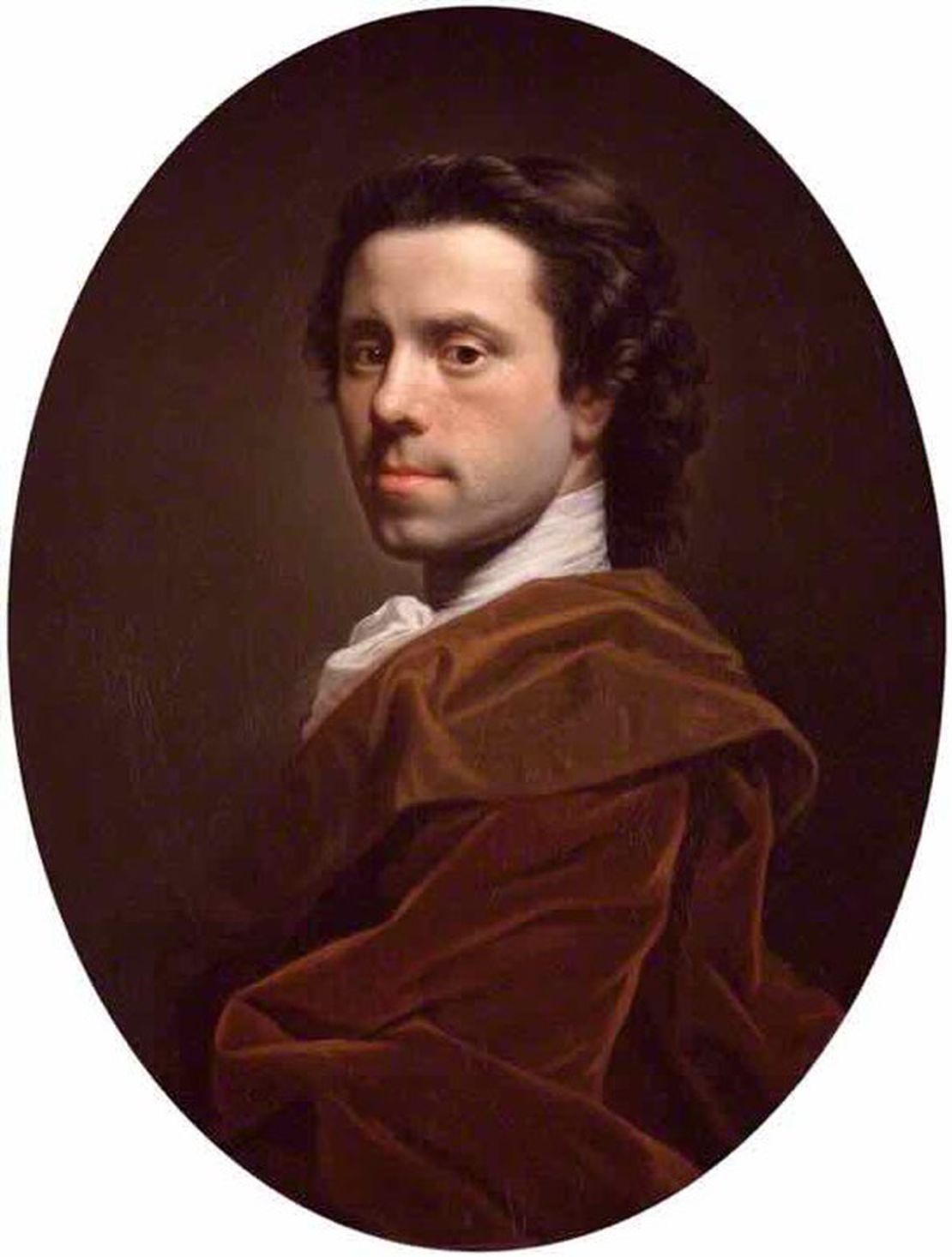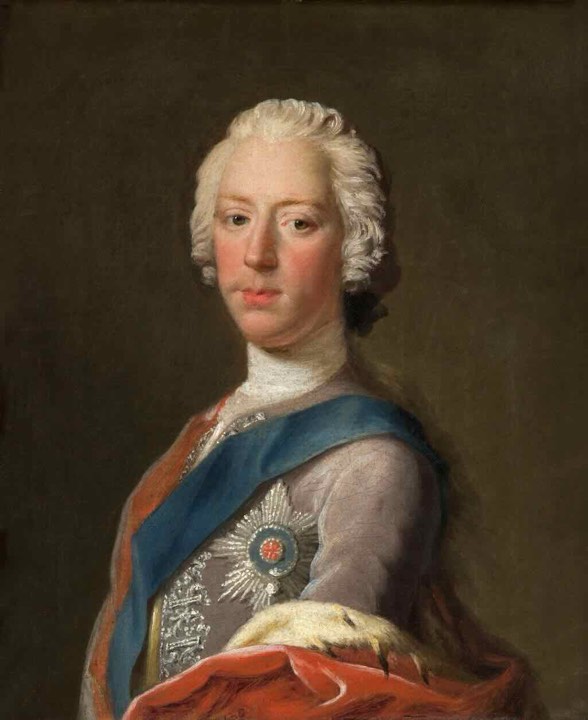- January 1, 1
The opening of the first regular public theater in Scotland in Carrubbers Close, Edinburgh’s Old Town, in 1736 was a significant development in Scottish cultural history.
It had been established by the poet and librarian Allan Ramsay,(1686-1758) was a notable Scottish poet, playwright, and librarian. He is well-known for his contributions to Scottish literature during the 18th century.
The theatre in Carrubber’s Close was built in 1735–6 and opened on 8 November 1736, with annual tickets at 30s. or 2 guineas.
The Licensing Act 1737 (10 Geo. 2. c. 28) is a former Act of Parliament in the Kingdom of Great Britain, and a pivotal moment in British theatrical history. Its purpose was to control and censor what was being said about the British government through theatre. The act was repealed by the Theatres Act 1843, which was itself replaced by the Theatres Act 1968.
For Ramsay the 1737 statute banning stage plays outside London or Westminster except during the king’s residence, was eagerly implemented by the local authority with clerical encouragement.
Ramsay fought closure of his theatre until 1739 (on 27 February a number of his actors were fined £50 by the court of session).
Allan Ramsay served as the librarian for the Advocates’ Library in Edinburgh, which is now part of the National Library of Scotland. His tenure as librarian allowed him to engage with various literary and scholarly works and further contribute to the intellectual and cultural life of Scotland. Ramsay is particularly celebrated for his contributions to Scottish poetry and for his efforts to promote the use of the Scots language in literature. His most famous works include “The Gentle Shepherd” and various collections of Scottish songs and poems.
This marked the establishment of a dedicated venue for theatrical performances, allowing for the presentation of plays, dramas, and other forms of live entertainment for the public.
The availability of a public theater in Edinburgh played a crucial role in the development of the Scottish theater scene and provided a platform for the performing arts in Scotland during the 18th century and beyond.
It contributed to the rich cultural heritage of Edinburgh and the broader Scottish theatrical tradition.

 ← Charles Stuart invades England at the head of the Jacobite Army
← Charles Stuart invades England at the head of the Jacobite Army
 John Duns Scotus, scholar and philosopher, died →
John Duns Scotus, scholar and philosopher, died →